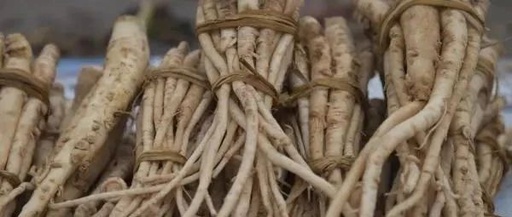 “
“
“Food and medicine homology” is a concept in Traditional Chinese Medicine (TCM), but it is also “not a catch-all”; it cannot be indiscriminately applied, as it belongs to a special category of food and drug regulation.
”
Written by | Shen Bin
Recently, the incident where a postpartum care center was fined 30,000 yuan for adding Dang Shen (Codonopsis) to chicken soup for new mothers went viral. The market supervision administration in Haishu District, Ningbo City, conducted an on-site inspection and found that the center had added Dang Shen to the soup. Upon investigation, it was determined that Dang Shen does not fall under the category of “substances that are both food and medicinal materials,” leading to the fine.
With the addition of Dang Shen to chicken soup resulting in a 30,000 yuan penalty, can we still enjoy making soup? Many netizens believe that many medicinal materials are considered “food and medicine homology”; if adding Dang Shen incurs a penalty, will adding jujubes, ginger, or adzuki beans, which are also “medicinal herbs,” also be penalized? Some even referenced a 2021 announcement, arguing that Dang Shen has already been included in the “food and medicine homology” list and is not illegal.
In fact, this incident reflects the current chaos in the “food and medicine homology” market. The marketing of traditional medicine and health preservation is rampant, but which practices are compliant and which are misleading? Consumers should not be at risk to their health after spending large amounts of money.
“Food and medicine homology” is indeed an important concept in TCM, but it is also “not a catch-all”; it cannot be indiscriminately applied, as it belongs to a special category of food and drug regulation. The Food Safety Law clearly states that “medications must not be added to food products,” which includes the indiscriminate addition of medicinal herbs. However, considering the dietary traditions of the Chinese people, to promote and protect TCM, it is also specified that food can “include substances that are traditionally both food and medicinal materials.”
Substances that are both food and medicinal materials are clearly defined. In 2002, the former Ministry of Health issued a notice on further regulating the management of health food ingredients, identifying 87 substances that are both food and medicinal materials, with an additional 6 added in 2019. Common ingredients in Chinese cuisine that fall under “food and medicine homology” are largely covered, such as honey, cloves, yam, hawthorn, licorice, chrysanthemum, and almonds. Ingredients on this list can be added to daily foods, while those not on the list cannot be added.
Some netizens also questioned whether using “medicinal” ginger and garlic in cooking would lead to penalties. In fact, ginger has been included in the “food and medicine homology” directory since 2002; while garlic is not on the list, it is one of the 68 legally recognized spices and is compliant with national standards (GB/T12729.1-2008 “Names of Spices and Seasonings”). Its legal use is completely unproblematic.
As for the classification of Dang Shen, the situation is more complex. In January 2020, the National Health Commission and the State Administration for Market Regulation jointly issued a notice regarding the pilot management of Dang Shen and eight other substances as traditional substances that are both food and medicinal materials. However, this “pilot work” is not a nationwide initiative; it is based on specific proposals from provincial health commissions in conjunction with market regulation authorities, which must then be reported upwards. The incident in Zhejiang Province did not include Dang Shen in its pilot work, so the addition of Dang Shen to commercially produced chicken soup is considered illegal in that locality (of course, adding it in home cooking does not fall under “production and business activities” and is not subject to this restriction).
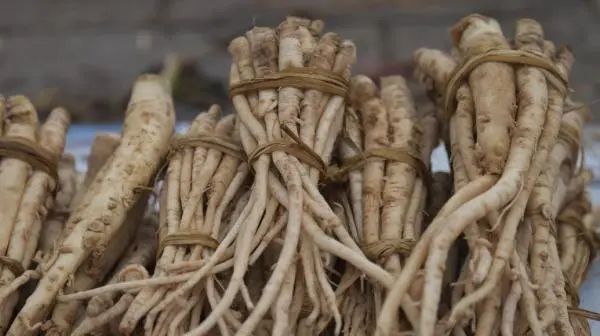
Why can’t medicinal herbs be added freely to ingredients processed by enterprises? Aren’t medicinal herbs “great tonics”?
This is actually a misunderstanding. TCM emphasizes syndrome differentiation and treatment, and formulas require a consideration of the monarch, minister, assistant, and envoy. Even “tonic herbs” cannot be taken indiscriminately. There is a saying that “all medicines have some toxicity”; in TCM, the “toxicity” refers more to the inherent properties of the herbs, meaning that a specific medicinal herb may not be suitable for everyone. If medicinal herbs are added to food without specific diagnosis and provided to an unspecified group, it could lead to adverse effects and even public health risks. During the SARS outbreak in 2003, some businesses produced “ban lan gen beer” and “ban lan gen dishes,” which were immediately banned.
Dang Shen is generally considered a neutral medicinal herb, but due to its “sweet tonifying” properties, it is not suitable for those with excess heat conditions, as it is clearly stated in the pharmacopoeia that “those with excess heat should avoid it.” For example, if a postpartum woman exhibits symptoms of constipation or other signs of excess heat, she should not consume Dang Shen. Additionally, Dang Shen has compatibility restrictions; the famous TCM texts “Eighteen Contradictions and Nineteen Avoidances” include the prohibition of “various ginsengs, spicy herbs, and licorice.” Without proper syndrome differentiation for postpartum women, adding Dang Shen to chicken soup and marketing it as a “qi and blood tonifying” package is not only inconsistent with TCM knowledge but also violates modern food and drug regulatory systems.
Chinese traditional medicine is broad and profound, but because of this, some businesses exploit the guise of “traditional medicine” to mislead consumers, lacking understanding of pharmacology and differentiation of body types, while boasting about “great tonics,” “yang-boosting,” and “yin-nourishing” effects, even openly promoting so-called “therapeutic effects,” indiscriminately adding medicinal herbs to ordinary ingredients to inflate their value, leaving consumers confused.
In response to the chaos in the “food and medicine homology” industry, in November 2021, the National Health Commission issued the “Regulations on the Management of Substances that are Both Food and Medicinal Materials According to Tradition” (hereinafter referred to as “Regulations”), which provides clear specifications. The “Regulations” formally define “food and medicine homology” as “food and medicinal substances,” which refer to substances that are traditionally used as food and are included in the “Pharmacopoeia of the People’s Republic of China.”
The “Regulations” also clarify the entry threshold for “food and medicinal substances”: 1. There is a traditional habit of consuming them as food; 2. They are already included in the “Pharmacopoeia of China”; 3. Safety assessments have not revealed any food safety issues; 4. They comply with relevant laws and regulations regarding the protection of medicinal resources, wild flora and fauna, and ecological protection. According to this entry standard, only medicinal materials that have a traditional habit of being consumed as food may enter the directory, and for newly included substances, they must be listed in the food safety risk monitoring plan by the provincial health commission. This entry standard is both open and cautious, responsible for the health of the people while leaving room for the development of the “food and medicine homology” industry.
It should be noted that health foods, dietary supplements, and medicinal cuisine often exist in a regulatory gray area. On one hand, the market prospects are enormous and profits are substantial; on the other hand, due to the lack of clear rules, they can become a disaster zone for consumer interests, potentially harming both finances and health.
In this particular case, because the local Zhejiang authorities did not conduct a pilot for Dang Shen as a “food and medicinal substance,” the postpartum care center, as a producer and operator, adding Dang Shen to chicken soup naturally crossed the red line of the Food Safety Law. The larger issue behind this is: how to clarify the regulatory mechanisms for health foods, new resource foods, and “food and medicinal substances”? How to achieve the integration of traditional medicine and modern food regulation?
Editor|Shen Guanzhe
Layout|Gan Qiongfang
Pengpai Commentary exclusive article, unauthorized reproduction is prohibited

Recommended Reading
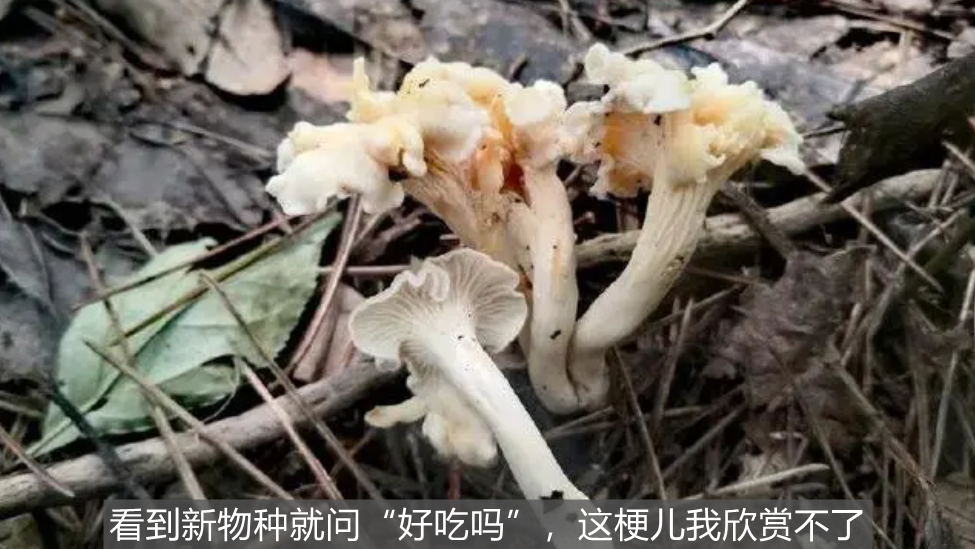
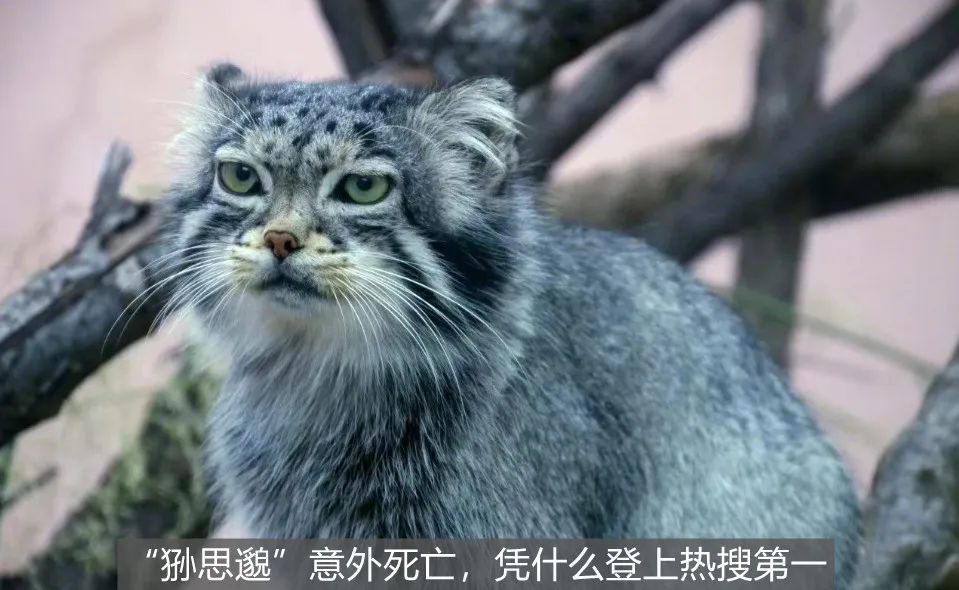
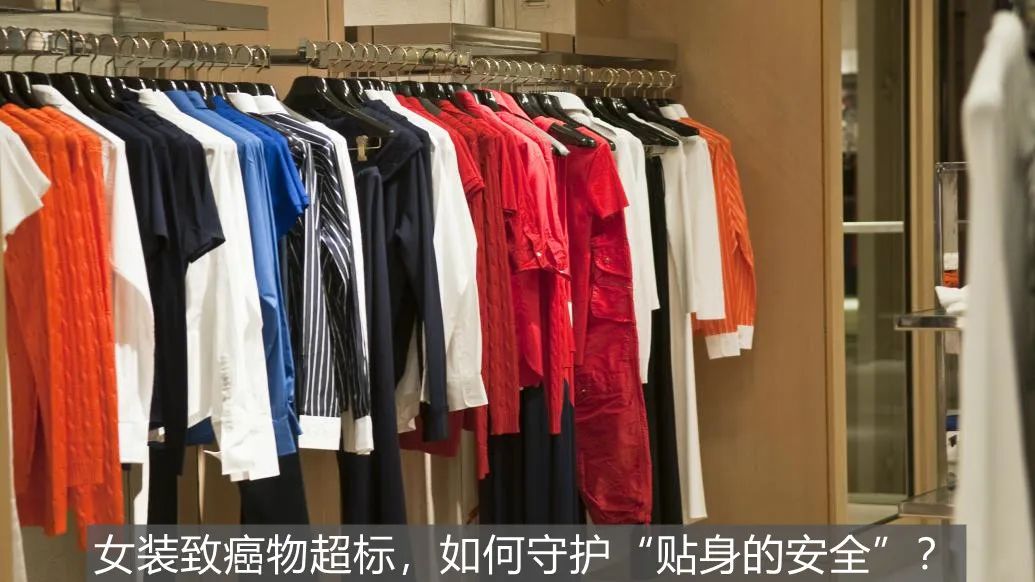
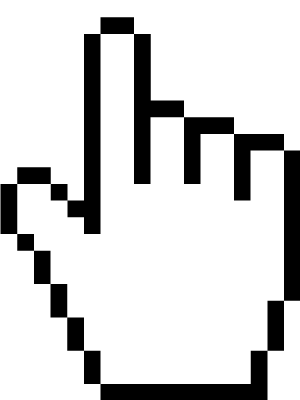
Click the card below to follow us

